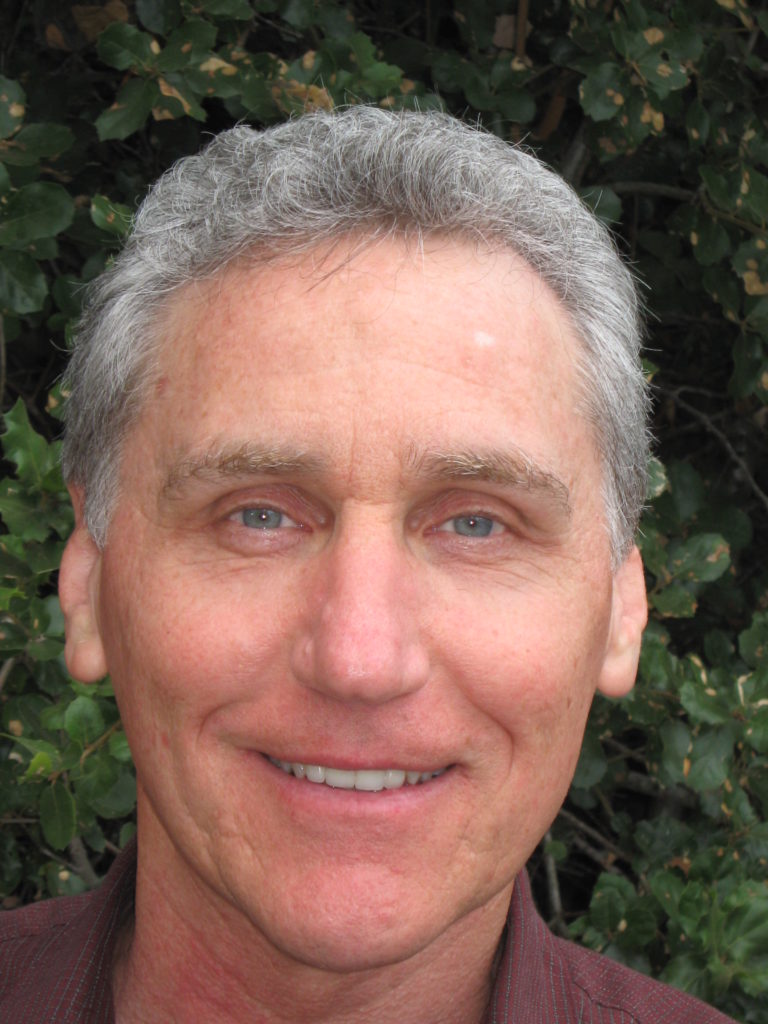What is Posttraumatic Stress Disorder (PTSD)?
PTSD comes from experiencing a severe physical or emotionally traumatic event such as a serious accident, natural disaster or crime. Thoughts, feelings and behavior patterns become affected by the event and reminders of the event.
What are the causes and symptoms of Posttraumatic Stress Disorder?
- In the The Diagnostic and Statistical Manual of Mental Disorders, Fifth Edition (DSM V), Posttraumatic Stress Disorder is characterized by exposure to actual or threatened death, serious injury, or sexual violence in one or more of the following ways:
- Directly experiencing traumatic event(s).
- Witnessing, in person, the event(s) as it occurred to others.
- Learning that the traumatic event(s) occurred to a close family member or close friend. In cases of actual or threatened death of a friend or family member, the events must have been violent or accidental (not from an illness or heart problem, for example).
- Experiencing repeated or extreme exposure to aversive details of the traumatic event(s), (e.g. first responders or police officers).
- Presence of one or more of the following intrusion symptoms associated with the traumatic event(s) beginning after the traumatic event(s) occurred:
- Recurrent, involuntary and intrusive distressing memories of the traumatic event(s).
- Recurrent distressing dreams in which the content and/or emotion of the dream are related to the traumatic event(s).
- Dissociative reactions (e.g. flashbacks in which the individual feels or acts as if the traumatic event(s) were recurring.
- Intense or prolonged psychological distress at exposure to internal or external cues that symbolize or resemble an aspect of the traumatic event(s).
- Marked physiological reactions (dizziness, rapid heartbeat, sweating) to internal or external cues that symbolize or resemble an aspect of the traumatic event(s).
- Persistent avoidance of stimuli associated with the traumatic event(s), beginning after the traumatic event(s) occurred, as evidenced by one or both of the following:
- Avoidance of or efforts to avoid distressing memories, thoughts, or feelings about or closely associated with the traumatic events(s).
- Avoidance of or efforts to avoid external reminders such as people, places, conversations, activities, objects or situations that arouse distressing memories, thoughts or feelings about the traumatic event(s).
- Negative effects regarding thinking and mood associated with the traumatic event(s), as evidenced by two or more of the following:
- Inability to remember an important aspect of the traumatic event(s).
- Persistent and exaggerated negative beliefs or expectations about oneself, others, or the world (e.g. “I am bad,” “ No one can be trusted,” “The world is completely dangerous,” “My whole nervous system is permanently damaged”)
- Persistent, distorted thoughts about the cause or consequences of the traumatic event(s) that lead the individual to blame themselves or others.
- Persistent negative emotional state (e.g. fear, horror, anger, guilt, or shame).
- Markedly diminished interest or participation in significant activities.
- Feelings of detachment or estrangement from others.
- 7Persistent inability to experience positive emotions like happiness, satisfaction or loving feelings.
- Marked alterations in arousal and reactivity associated with the traumatic event(s), as evidenced by two or more of the following:
- Irritable behavior and angry outbursts with little or no provocation, typically expressed as verbal or physical aggression toward people or objects.
- Reckless or self-destructive behavior.
- Hypervigilance.
- Exaggerated startle response.
- Problems with concentration.
- Sleep disturbance including difficulty falling or staying asleep or restless sleep.
- Duration of the disturbance is more than 1 month. If less than one month the diagnosis of Acute Stress Disorder may apply.
- The disturbance causes clinically significant distress or impairment in social, occupation or other important areas of functioning.
In addition to the above the individual may experience:
Depersonalization which is feeling detached one’s mental processes or body (e.g. feeling as though one were in a dream or feeling a sense of unreality or of time moving slowly). Derealization where the world is experienced as unreal, dreamlike, distant, or distorted.
PTSD may have a delayed onset.
How can you treat Posttraumatic Stress Disorder (PTSD) and Acute Stress Disorder?
Dr. Dufford and Anxiety Treatment Services provide integrative and comprehensive therapy for Posttraumatic Stress Disorder and Acute Stress Disorder including individual therapy, group support and behavioral fieldwork. Modalities include Cognitive-Behavioral Therapy, Psychotherapy, Hypnotherapy, Energy Psychology, Meditation/Mindfulness and EMDR. EMDR or Eye Movement Desensitization and Reprocessing is particularly helpful and scientifically proven to be effective in treating Posttraumatic Stress Disorder.
